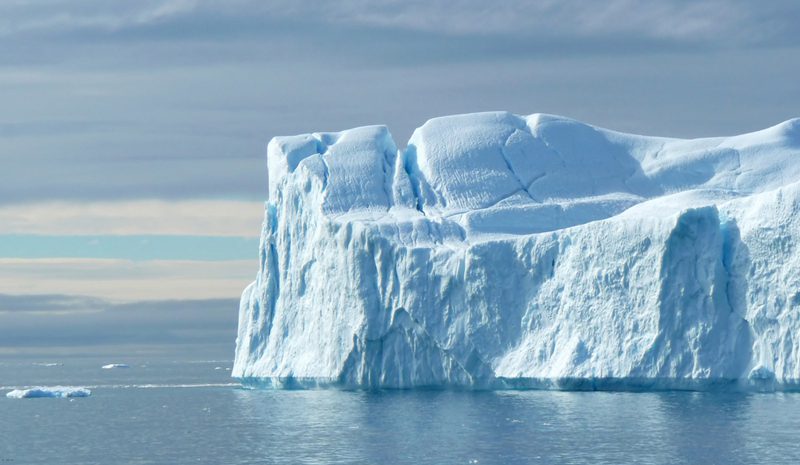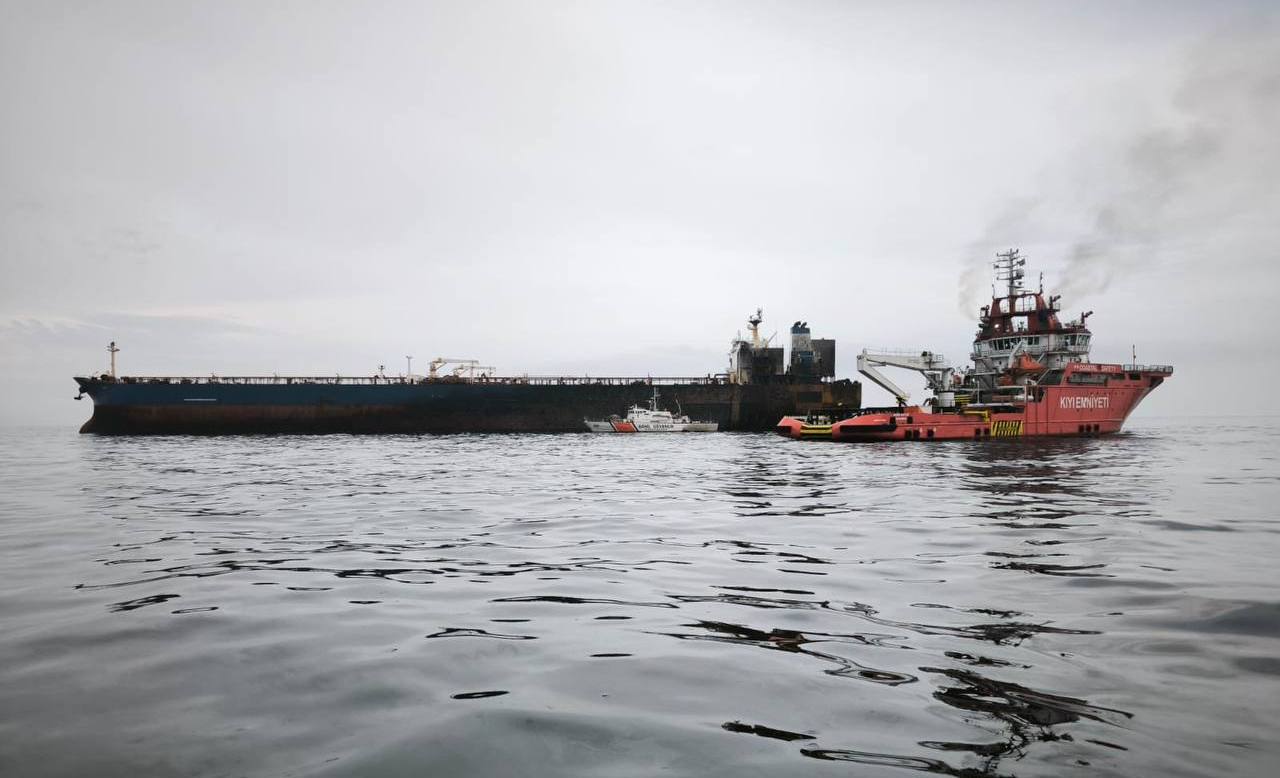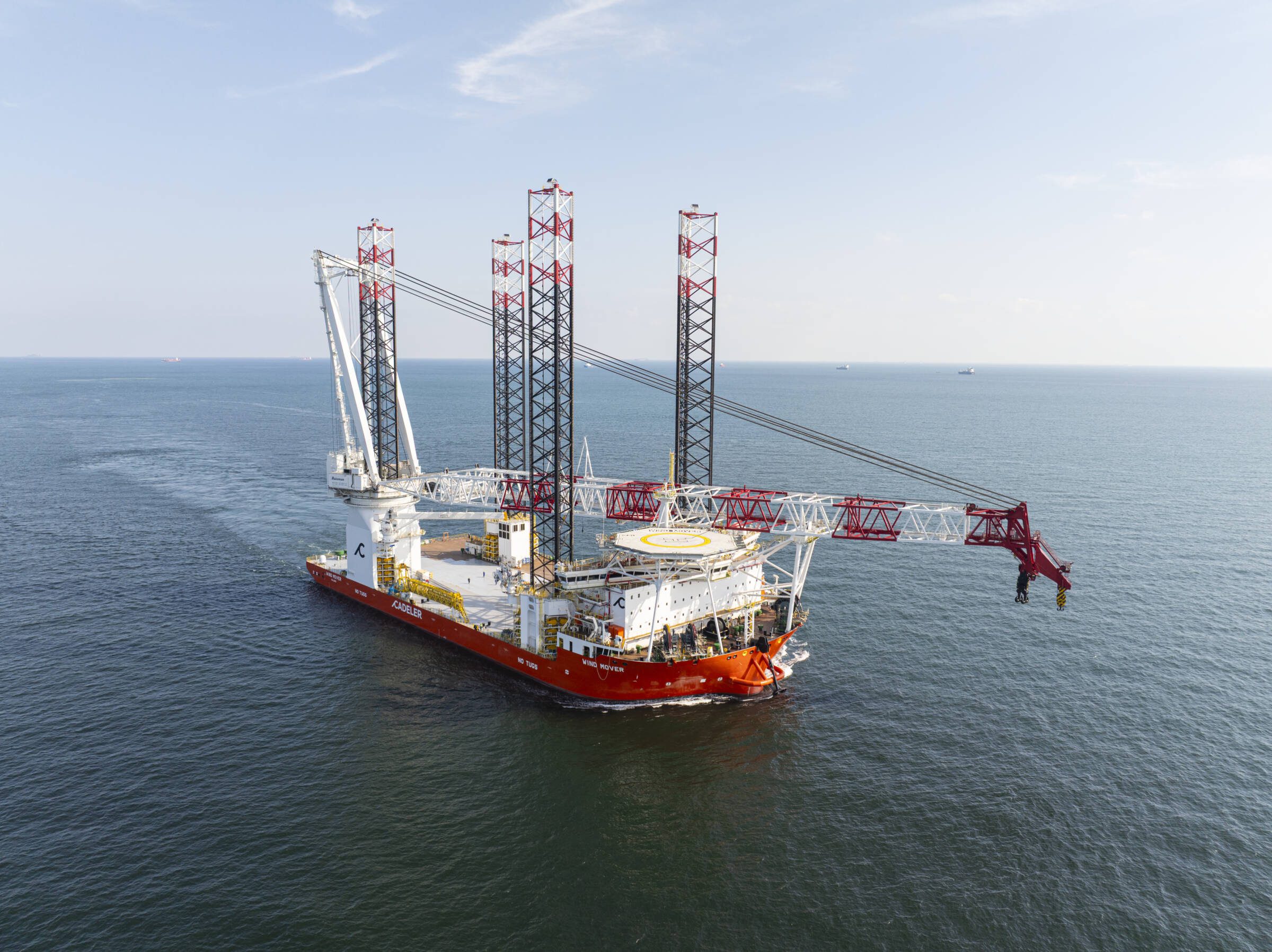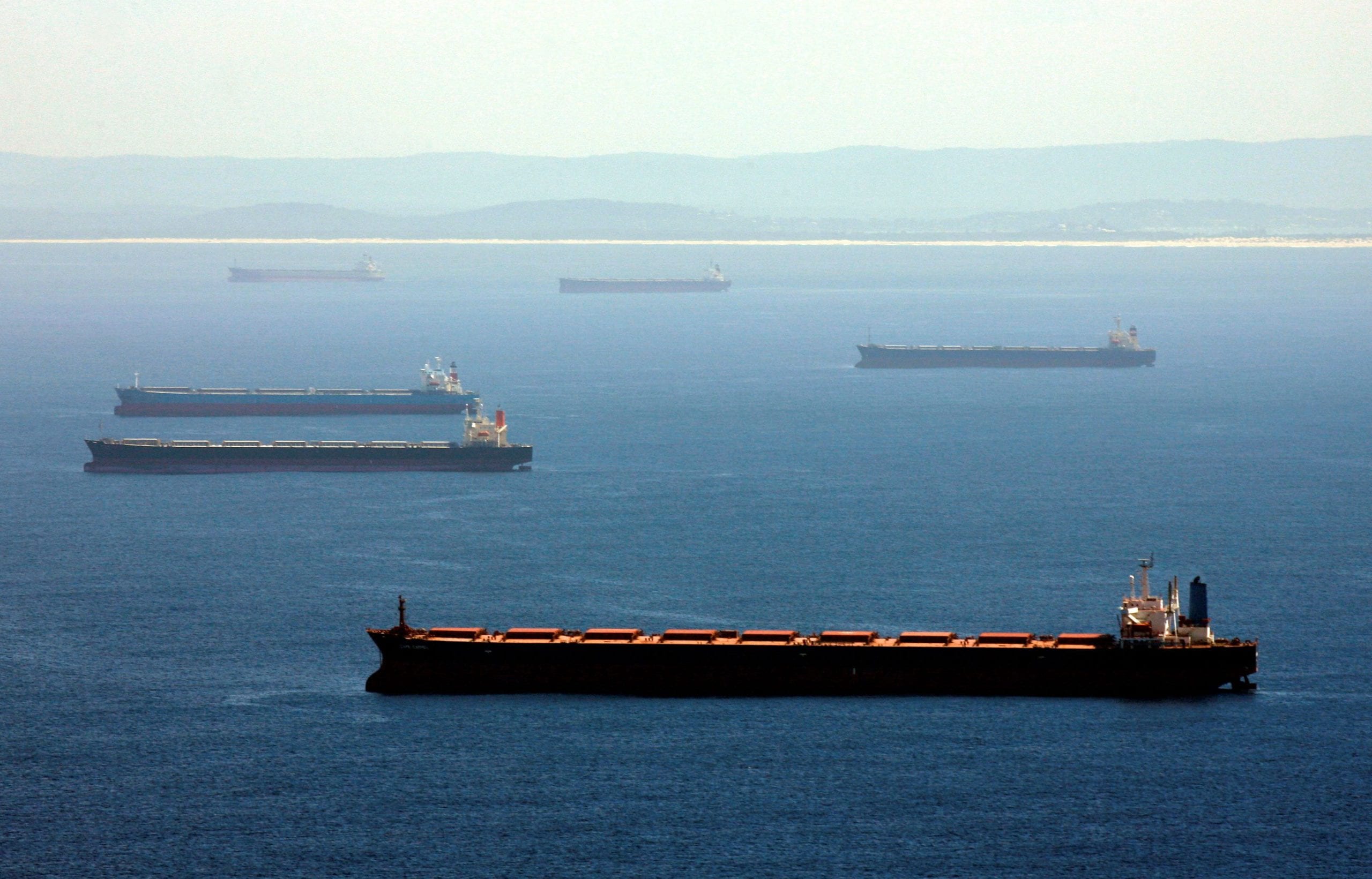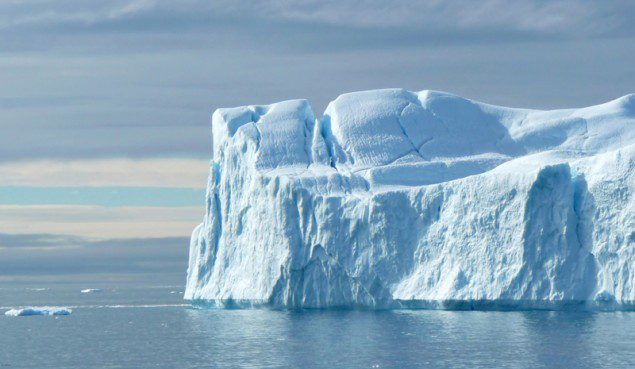
(Bloomberg) — Oil companies off Greenland’s shores may be basing risk assessments on outdated information as icebergs splinter the island’s coastline at an ever faster pace, scientists and environmentalists said.
Last month, an iceberg twice the size of Manhattan broke off a glacier on north-western Greenland, and 97 percent of the island’s surface ice melted. Companies awarded exploration blocks off the coast of Greenland, which the U.S. Geological Survey estimates could hold 50 billion barrels of oil and gas, include Cairn Energy Plc and Royal Dutch Shell Plc. Explorers are turning to the world’s least hospitable areas as resources in easier-to-access places such as the North Sea dwindle.
“When you have a change in the number of icebergs, which we most probably have now, you’re basing your risk assessment on outdated information,” Jan-Gunnar Winther, head of the Norwegian Polar Institute, said in an interview. It’s important that companies update their knowledge of iceberg formation and movements if they don’t want to risk being unprepared, he said.
Greenland’s melt follows a rise in average ice discharge of 9 billion metric tons a year from 1992 to 2009, according to a 2011 paper led by Eric Rignot, a professor of earth system science at the University of California at Irvine, published in Geophysical Research Letters. Studies by Russian scientists show the same trend of more icebergs, Winther said.
Rapid Thaw
Last month’s thaw, observed by a U.S. National Aeronautics and Space Administration satellite on July 8-12, occurred at almost twice the average amount seen in the summer months. While NASA estimates the event was in line with a 150-year cycle, the rapid thaw threatens to accelerate an increase in the number of icebergs.
In the past decade, Cairn is the only company to have drilled off Greenland’s shores. The Edinburgh-based company failed to make a commercial find after a $600 million campaign in 2010 and 2011, during which Greenpeace activists repeatedly boarded its rigs to protest what the organization sees as a threat to one of the world’s most vulnerable environments.
Spokespeople at Cairn, Shell and ConocoPhillips, which all have exploration blocks off Greenland, declined to comment on whether they expect greater challenges from icebergs.
During its drilling, Cairn deployed six vessels to assist its two drilling rigs by monitoring and towing icebergs, and said in its spill plan that rigs should be able to evacuate within an hour to avoid a collision. Greenpeace called the plan “outlandish, simplistic and wholly inadequate” because of optimistic assumptions, and said in a review on its website that “a spill in the Arctic would be devastating, and near impossible to clean up.”
‘Ill-Boding’
If the Greenland melt “is a phenomenon that could repeat more often, it’s a big and ill-boding sign,” Truls Gulowsen, head of Greenpeace in Norway, said by phone from Oslo. “It would lead to accelerated melting and movement of the glaciers over time, and there will be more icebergs.”
Denmark’s A.P. Moeller-Maersk A/S, which operates one license off Greenland, has now started an iceberg monitoring project with the Danish Meteorological Institute.
“Environmental conditions are always subject to change,” Toby Croucher, the company’s head of environment, said in an e- mail, without elaborating. “The physical environment, including sea ice coverage and iceberg migration patterns, is evaluated in the same way as other operational risks.”
‘Iceberg Alley’
Most assigned blocks are situated off Greenland’s western coast in waters known as “Iceberg Alley.” According to Cairn’s prevention and contingency plan for 2011, which Greenland’s autonomous government published last year, 10,000 to 15,000 icebergs break off, or calve, each year from 100 glaciers, while the U.S. Coast Guard gives an estimate of 15,000 to 30,000. Icebergs from the western coast account for 85 percent of all bergs in the northern hemisphere, according to Cairn.
Calving occurs mostly during the summer, coinciding with the drilling window for explorers. The icebergs range in size from less than a meter above sea level and weighing 100 tons to more than 75 meters and weighing as much as 10 million tons.
While the exact relationship between warmer temperatures and iceberg formation remains unclear, Ruth Mottram, an ice specialist at the Danish Meteorological Institute, said “there’s certainly a link” and that “more melt usually means more icebergs.”
Right now, only seismic surveys are being conducted to map the seabed and it’s unclear whether the next drilling will be in 2013 or 2014 and who will participate, said Joern Skov Nielsen, managing director of Greenland’s Bureau of Minerals and Petroleum, by phone from Greenland.
‘More Accessible’
Offshore production of oil and gas in the world’s Arctic regions will reach 7 million to 8 million barrels of oil equivalent a day in 2040, up from 1 million barrels today, according to Rystad Energy, an Oslo-based oil and gas consultant. Arctic output will grow as a share of global production, which should reach 143 million barrels of oil equivalent a day this year and 187 million barrels in 2040, said Erik Holm Reiso, a partner at the firm, by telephone on July 30.
While still a “challenge,” managing icebergs has been a matter of “routine” Nielsen said. “Sea ice has become both smaller in the area it covers and in thickness. That’s a problem in many respects concerning the environment and so on, but it makes certain areas more accessible, not just for oil but for international shipping.”
– Mikael Holter, (c) 2012 Bloomberg

 Join The Club
Join The Club



